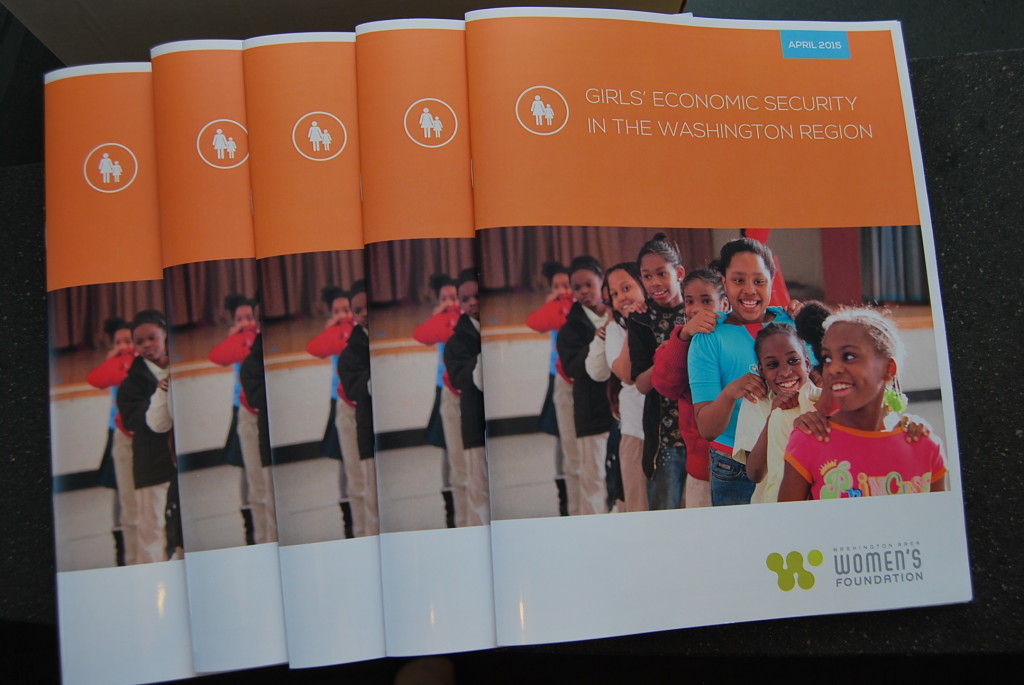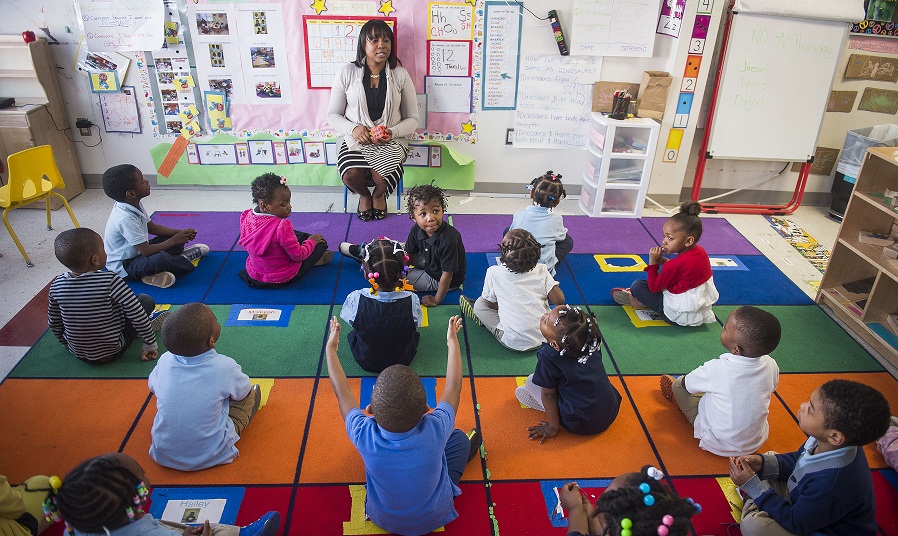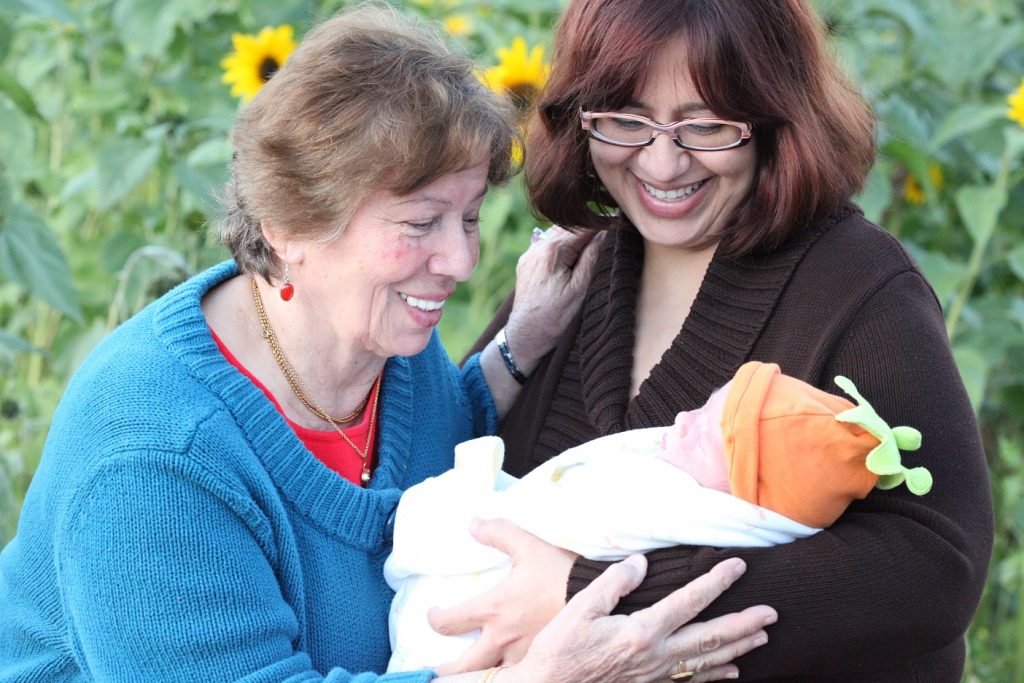
EITC Funders Network Interview with Lauren Stillwell, Program Officer
This interview with The Women’s Foundation’s Program Officer, Lauren Stillwell, originally appeared on the EITC Funders Network website. Tell us about your funding portfolio.






